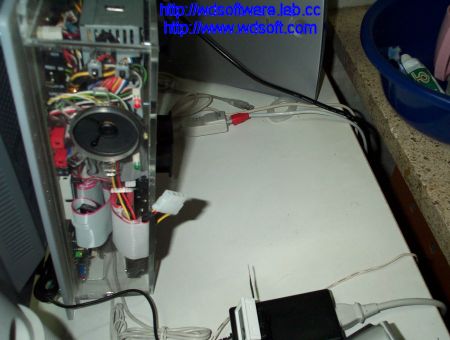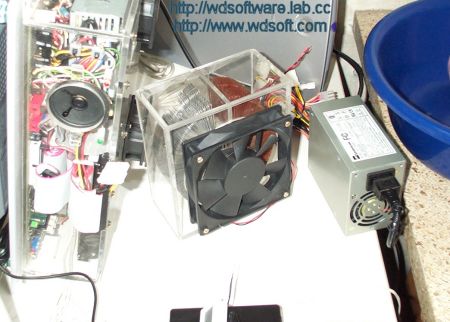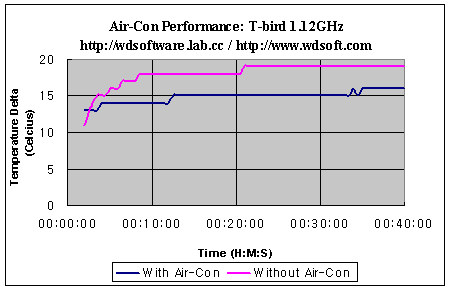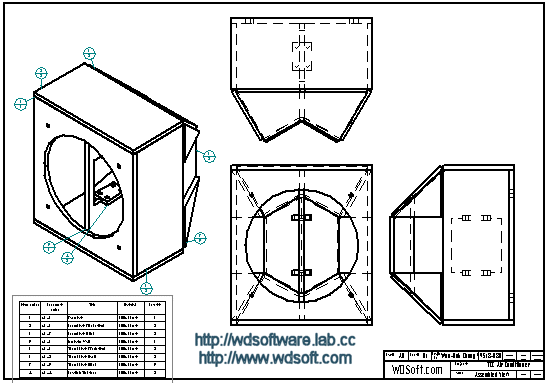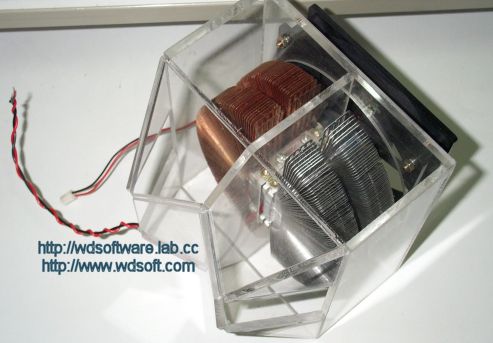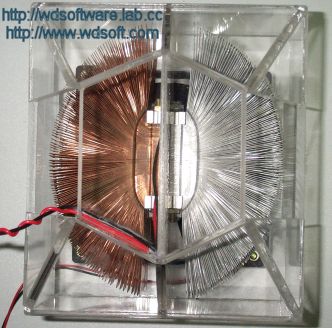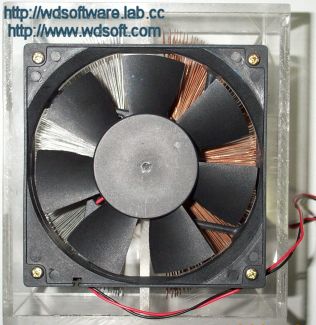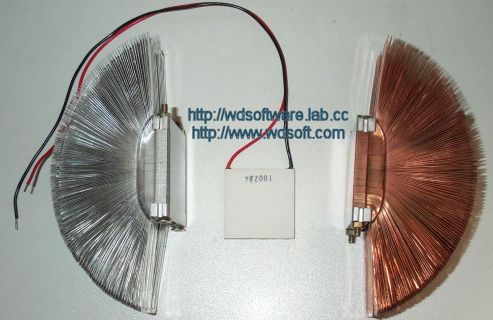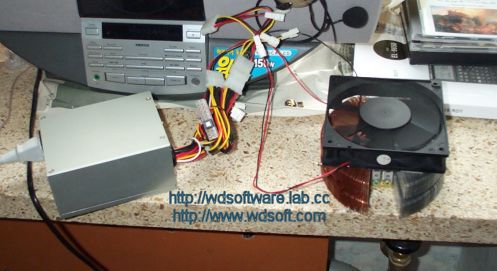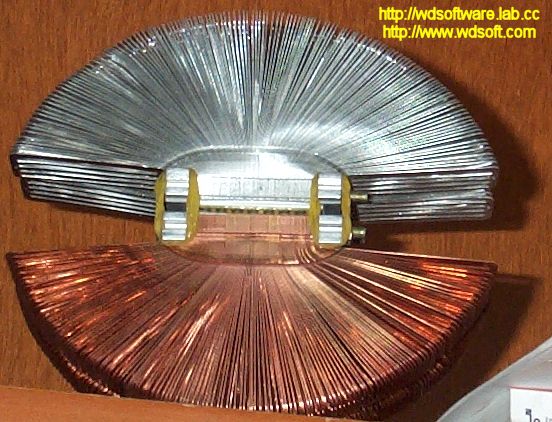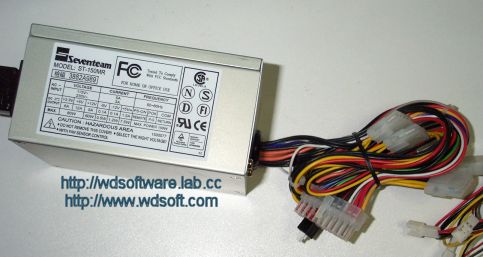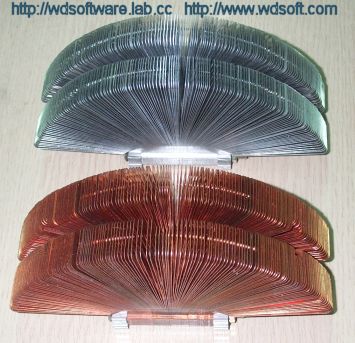AC to Cool Computer
Posted by Wesley on
It's summer already and it's getting hot here! But I just made a Miniature Air Conditioner that might just save my system from overheat!  Enjoy!
Enjoy!
| CPU: | AMD T-bird 1GHz @ 1.12GHz |
| M/B: | Soltek SL-75KAV (KT133A Chipset) |
| Heatsink: | Zalman CNPS3100-Gold |
| RAM: | 256MB x 1 Corsair PC-150 SDRAM |
| Video: | LEOTEC GeForce2 MX 32MB |
| HDD: | IBM DeskStar 75GXP 30GB |
| OS: | Windows 2000 SP2 |
| Else: | Classified ^_^ |
